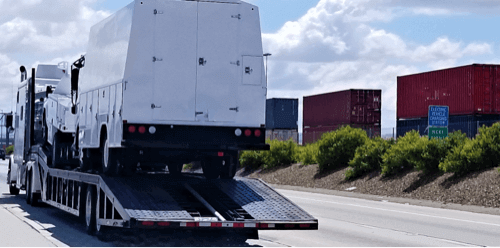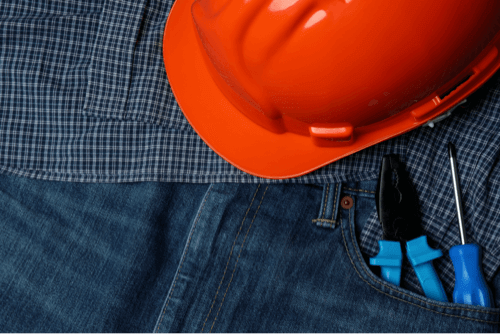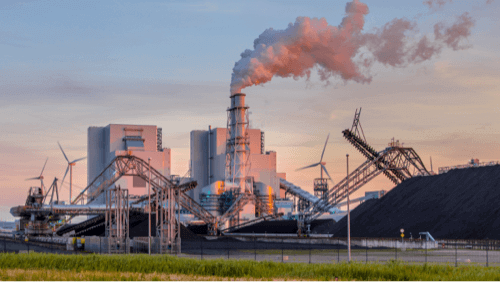
Mining is one of the main production models in Brazil, especially iron mining. However, every production sector in the country needs good means of transportation to transport the inputs produced. In this sense, it is important to discuss the transport of iron ore, which suffers from certain logistical difficulties.
In general, iron ore is the most important ore for national mining. The economy around this type of production is mainly developed through exports.
For you to have an idea of how important mining production is for Brazil, just look at the number of sales achieved by the sector in 2020, according to the government itself: R$ 209 billion. This number represents around 2.5% of the entire GDP (Gross Domestic Product) of the country.
Still, it is important to highlight the growth that the sector has had in recent years, especially in foreign trade policy. From 2019 to 2020, for example, the increase in the positive balance was more than 30%, going from US$25 billion to US$32 billion.
In this account, iron ore was one of the standouts, growing by 16% from one year to the next.
But for the ores to reach the ports and, consequently, the country's economic partners, they need to go through a long path, carried out by different types of iron ore transport modes.
Currently, the transport of iron ore is done in different modes, especially road and rail, which are the main means of transporting land goods in the country and the world.
In this regard, the country still faces serious difficulties in making the transport of iron ore as efficient as possible, which would naturally cause production to increase and these figures, presented previously, to be even higher.
Therefore, we selected the 5 main difficulties that the iron ore transport sector faces in Brazil, making it difficult to grow and leverage the sector's production.
Content Index
Few Railroads

The vast majority of competitive mining companies in the country believe that the railroad sector is the most suitable for carrying out the transport of iron ore.
It is important to highlight that, for this iron ore transport process to be efficient on the railroads, they need to be installed close to the mining companies, facilitating loading.
However, there are few railroads in the country that have these requirements, and that carry out this mining cargo transportation.
The state of Minas Gerais, for example, which is the region that concentrates the largest number of ores extraction, including iron, has only two railroad lines running through its territory that carry out this shipment, the MRS Logística and the Railroad Vitória - Minas.
In addition to these two railroads, only the Carajás Railroad, which operates in the North and Northeast regions of the country, has its attributions aimed at transporting iron ore.
Disparity between sectors

One of the reasons that justify the lack of railroads for the transport of iron ore to be improved is the disparity in investments between the main modes of transport in the country: rail and road.
While the railroad sector, which currently has about 29,000 km in length, represents, according to the National Logistics Plan (2015-2035), about 15% of cargo handling in the country, the road sector has more than 65 % of total goods transported.
This is justified by the extensive investments that were made in the road sector in recent decades, which grew considerably from the 1960s onwards, when the railroads still competed on equal terms.
Even though trucks are still part of certain processes for loading ore onto trains, this disparity makes it difficult to improve the transport of iron ore in the country, because, for this product, the best way is the railroad, since, as they are very heavy, would require many trucks to carry all the loads to the scheduled destinations.
Logistical Challenge

The process of transporting iron ore in the country can take place in different ways, mainly through these modes of transport mentioned above.
In order for all stages to be fulfilled in the best possible way, including values, deadlines, products, among other factors, it is essential that the logistics of the companies involved be the best possible.
In this sense, Brazil is a country that has several logistical challenges, which need to be improved so that transactions become more efficient.
Regarding the transport of iron ore, the production chain of mining companies involves several processes, such as extraction, storage and the path that these products take to reach their destinations.
For this logistics to be improved, it is essential that the sectors involved, as well as public instances, invest in innovative solutions, using more and more technological resources, logistical systems and software that make these steps more effective and practical.
Unfortunately, Brazil is far behind in this regard, especially considering more developed countries.
Lack of skilled labor

Both in the stages of logistical organization, that is, the part of determining where the iron ores will be transported, how these processes will be carried out, in the loading of the ores, among other phases of the process, Brazilian mining lacks qualified labor.
This is one of the great difficulties in transporting iron ore in Brazil: without qualified labor, that is, professionals who are specialized in logistical processes, transport is hampered and, consequently, production also suffers.
Demand for more sustainability in transport

The theme of sustainability is increasingly in force, and it is essential that it really is. The constant degradation of the environment has generated countless problems for all countries, population, fauna, flora, among other important points.
In this sense, one of the biggest demands that currently exist is that industries, mining and agribusiness, have more sustainable responsibilities in relation to transport.
The productive sector, like those mentioned, are the sectors that should work with this concept on the tip of their tongue from now on, considering that only the production of these segments already causes several damages to the environment.
However, this is a great difficulty in relation to the transport of iron ores, as producers still do not have very viable solutions that are less polluting.
Transport vehicles, especially trucks, are big polluters as they emit high amounts of CO2 into the air. Naturally, the frequent use of this sector already becomes problematic for this specific point.
The most practical solution would be through the movement of trains, which can also cause problems for the environment, but, compared to the previous sector, in a smaller quantity, since fewer trips are needed for a stock of products to be transported to your destination.
However, as we saw in the second difficulty mentioned, there is not much incentive from the government, there is a lack of railroads and quality in the transport of existing networks.
In addition, there is a lag in technological investment in the search for new transport in the sector, which could bring varied solutions and new ways to reduce transport pollution.
Thus, another solution, identified by several studies as the most favorable, to encompass the transport of iron ore and sustainability, would be to use the pipeline sector, which is currently still very weak, representing only about 4% of transported cargo.
Thus, this is another point that reflects the lack of competitiveness between the transport sectors and that it would be essential to change it so that the transport of iron ore presents a more favorable sustainable balance, in line with these requirements.
Conclusion on the difficulties of transporting iron ore
We can conclude with the article that the transport of iron ore still suffers from several difficulties to become even more qualified and sustainable, boosting the production of this ore that is so important to the country's economy.
Searches: https://atech.com.br/saiba-como-dar-mais-eficiencia-a-logistica-no-setor-minerador/
http://www2.dbd.puc-rio.br/pergamum/tesesabertas/1013735_2012_cap_2.pdf












